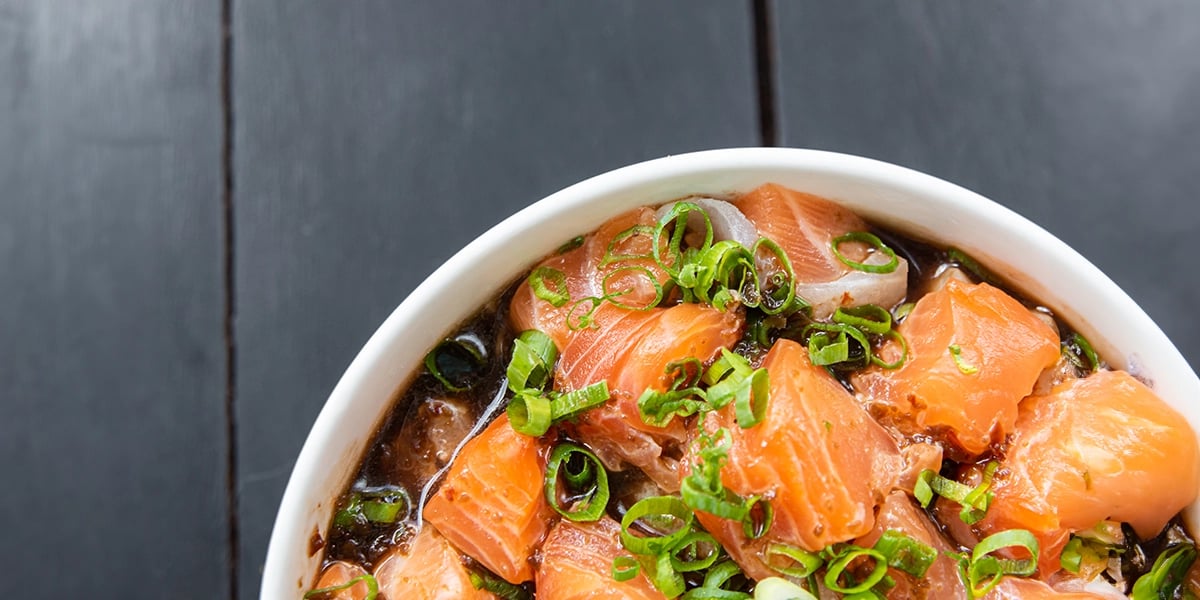
The typical cuisine of a country is part of its idiosyncrasy. That's why getting to know it is so important when visiting a new place for the first time. Local dishes will tell us about the culture, native fauna and flora, history, and many other key aspects that will help us understand the place more deeply.
If there's a country with exceptional cuisine, it's Costa Rica. The cuisine is simple but with an unmistakable flavor, worth exploring to truly discover the beauty and allure of Costa Rica.
Embarking on a school trip to Costa Rica can be a transformative experience that helps those who live it shape their future and choose more confidently what they desire on a personal and professional level. And that experience should be fully lived. Therefore, below, we present the dishes you must try to explore the true Costa Rica flavors.
1. Gallo Pinto
This mix of rice and beans is perfect to start the day with energy. Gallo Pinto is the typical breakfast. It can be accompanied by fried or scrambled eggs, toast, avocado, or patacones (fried plantains).
But being typical doesn't mean it's eaten all over the country. In the Costa Rican Caribbean, Gallo Pinto is not a breakfast dish. They have their version called rice and beans. It includes rice and beans as well but with a Jamaican touch of coconut milk and spicy chili.
2. Casado
Any local in Costa Rica serves Casado, the quintessential typical food. It's a very complete and nutritious dish for lunch. It consists of a mixture of various ingredients commonly used in Costa Rican cuisine: rice, beans, salad, patacones, and a choice of protein covered with sautéed onions.
There are several theories about the name of this dish. For example, it is said that the ingredients are "married" to the rice, the central ingredient of the dish. Another option is that when workers spend long days away from home and eat this typical dish, they feel at home.
3. Costa Rican Tamale
Tamales are a typical dish in Costa Rica, especially for sharing with family during Christmas. They are made with a dough of corn, rice, or plantain filled with various ingredients. Each household has its way of preparing tamales, but they can contain rice, vegetables, chicken, cheese, or egg, among other ingredients. Finally, they are wrapped in banana leaves and cooked in boiling water.
4. Ceviche
You might associate ceviche with Peru, but it's also a typical dish in Costa Rica with its version. Costa Rican ceviche usually includes diced raw sea bass or snapper marinated in lime juice.
The acidity softens the meat, "cooking" it with a rich flavor without the need for heat. Then the fish is mixed with chopped onion, cilantro, and diced bell pepper. A very tasty and different variant of this popular dish in Latin America.

5. Meat, Sausage, or Cheese "Gallos"
"Gallos" are a very common snack in Costa Rica. They are simply corn tortillas to which a myriad of ingredients can be added in the style of Mexican tacos. For example, the most common fillings are minced meat, sausage, or various types of cheese. They are an easy and quick snack that is part of the typical food of this country.
6. Potato Picadillo
Potatoes are one of the most used ingredients in Costa Rican cuisine. Potato picadillo has a thousand different possibilities, always using potatoes as a base. It consists of diced boiled potatoes with minced meat and various vegetables. However, each home prepares it differently, and can be adapted based on available ingredients.
7. Olla de Carne (Meat Pot)
Olla de Carne is considered the best meat broth in Costa Rican cuisine. It consists of chunks of beef cut into medium pieces that are slow-cooked with vegetables to create a very flavorful and aromatic soup or broth, with meats and vegetables that melt in your mouth. It is a dish served with white rice.
As in many countries in Central and South America, gastronomy is the result of a multiethnic heritage. Indigenous culture has mixed with techniques and ingredients brought by European colonists and Africa, which has also influenced the country's cuisine. Olla de Carne is a very good example of this mix: beef and the cooking method come from Europe, vegetables were cultivated by natives before colonization, and bananas came from Africa.

8. Chifrijo
At only 30 years old, this dish is the new "king" of typical Costa Rican food. "Chifrijo" was born by chance, as a product of a craving from Mr. Miguel Cordero who, one night, asked his cook for something "different" for dinner. A mix of rice, beans, spicy chili, and pork cracklings.
9. Carnitas
Carnitas are pieces of meat on a stick, grilled over an open fire. The most popular way to eat them is by sliding everything into a tortilla. They are also called carnitas in typical Costa Rican cuisine and various places in Latin America for fried pork in its lard, seasoned with different herbs, water, and salt, resulting in various types of meat such as lean and a mix of many parts of the pig.
Costa Rican gastronomy is wonderful, as it is a heritage of wise indigenous people with influences from colonizers. Also, the intervention of passing cultures and others who decided to stay adds to the mix. It's not just an experience of dishes and flavors but also a historical journey that highlights the richness of its culture and the importance of knowing all the facets that make up the essence of a country.
The typical food of Costa Rica is an explosion of waves of taste, of pure Caribbean air bathed in ancient traditions and native ingredients that you can't miss experiencing if you decide to go on a school trip to the Caribbean country.







